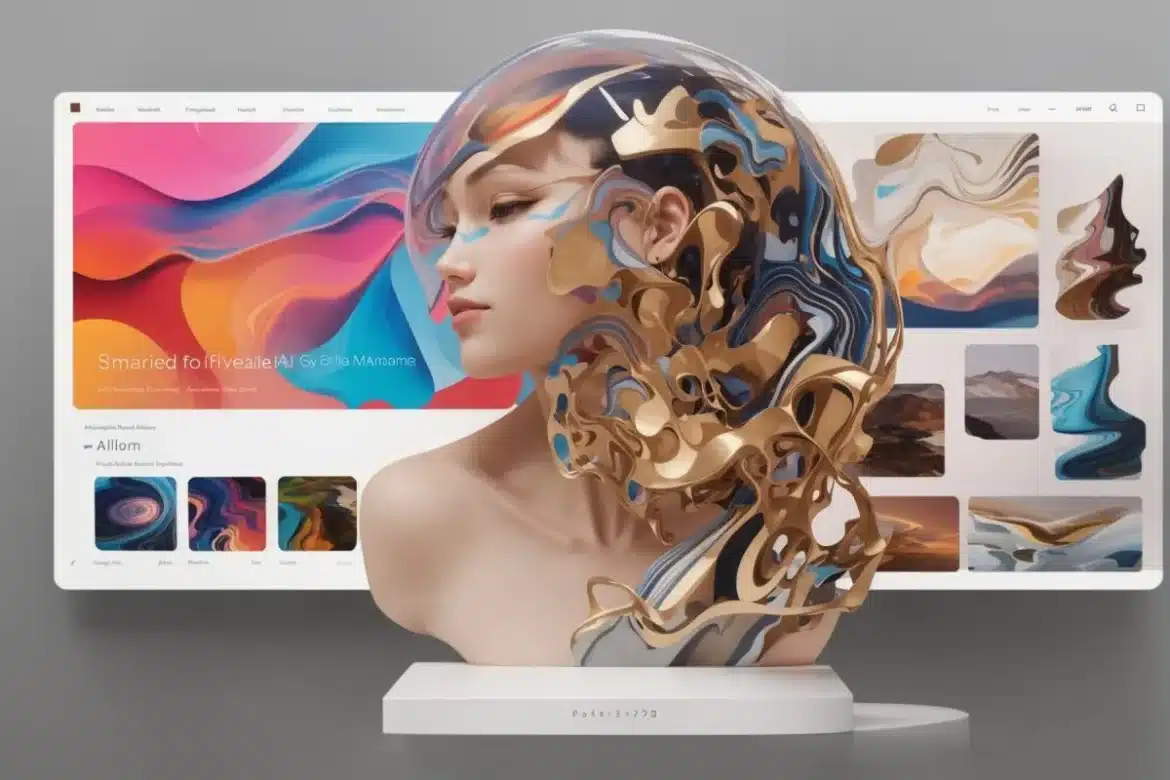In the fascinating world of digital art, how to prompt AI art has become a crucial skill for creators looking to explore the limitless potential of artificial intelligence. This guide will navigate you through the journey of using prompts effectively, ensuring your visions come to life just the way you imagine them. Here, dive into the art of AI and discover how to unlock its full potential with the right prompts.
Crafting the Perfect Prompt
Crafting the perfect prompt is like planting a seed with the potential to grow into a magnificent tree. It starts with a clear vision and a bit of imagination. When precise with your words, you give the AI a clear direction on what you want to achieve.
Think about the specifics: what time of day is it if you envision a landscape? What’s the weather like? Are there any characters in this scene? The more detailed your description, the closer the AI will get to creating what you’re picturing in your mind. This initial step is about translating your creative thoughts into a language the AI understands and can act upon.
Understanding AI’s Creative Language
To get the most out of AI art generators, it’s essential to understand the language these technologies speak. AI interprets your prompts based on the data it’s been trained on, so using terms and descriptions it recognizes can greatly enhance the outcome. This doesn’t mean you need to be a tech wizard; it just means paying attention to the words that describe your vision most effectively.
If you want a piece of art that feels like it’s from the Renaissance, mention that. If you’re looking for something that embodies the chaos and vibrancy of a city street, include those descriptors.
The Power of Specificity
In the realm of AI art, specificity is your best tool. It’s the difference between getting a generic piece of art and one that truly captures the essence of what you envisioned. This doesn’t mean your prompts have to be overly complex, but they should be thoughtful.
For instance, instead of asking for a “beautiful scene,” describe what makes the scene beautiful to you. Is it the colors of the sunset reflecting off a calm lake or the way light filters through the trees in a dense forest? The more specific you are, the easier it is for the AI to meet (and sometimes exceed) your expectations.
Experimenting With Styles and Moods
One of the most exciting aspects of AI-generated art is the ability to experiment with different styles and moods with ease. Whether you’re drawn to the abstract and surreal or prefer the precision of photorealism, AI can cater to your artistic whims.
Don’t avoid mixing elements from various art movements or experimenting with contrasts in mood and tone. This is your playground to explore and discover new facets of your creative identity. Each prompt is an opportunity to push boundaries and see how different inputs can transform the output in unexpected and thrilling ways.
Adobe states, “The best prompts for AI aren’t always obvious.”
Mastering the art of prompting AI for art generation is about clarity, understanding, specificity, experimentation, and learning from feedback. By following these guidelines, you can unlock the vast potential of AI to create art that resonates, inspires, and transcends traditional boundaries. The journey from concept to creation is now more accessible and boundless than ever before, thanks to the power of AI prompts. So unleash your creativity, and let AI transform your artistic visions into reality.

